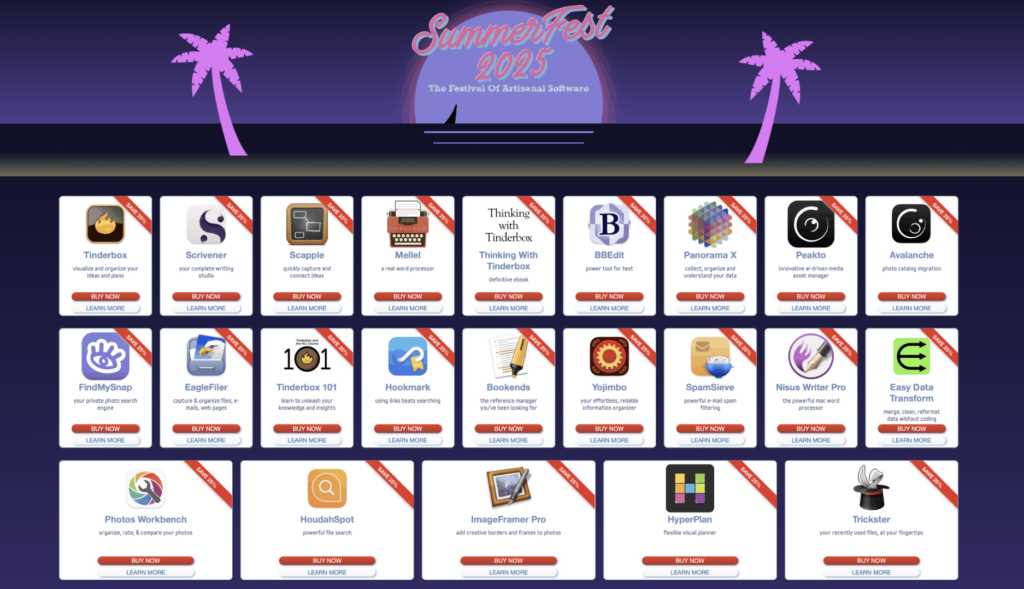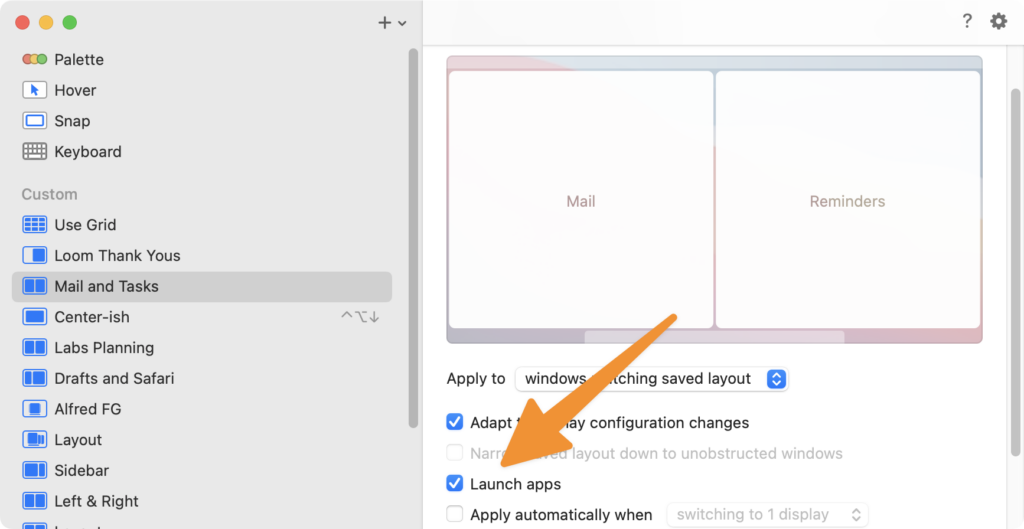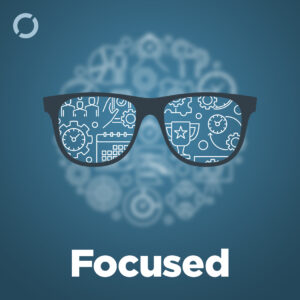In this week’s episode of The Lab Report: Pixelmator Pro is adding AI features, why an Apple Ring is a good idea, and [two of my favorite musical artists get together](https://www.youtube.com/watch?v=PjM6Jbd__Qc&list=RDPjM6Jbd__Qc&start_radio=1) and awake my soul.
… This is a post for MacSparky Labs Members only. Care to join? If you’re already a member, you can log in here.
Grammarly’s Superhuman Acquisition
As a Superhuman user, my first reaction to this news was, “uh oh”.
What makes Superhuman so valuable to me as a user is the company’s obsession with email optimization. If they just become another cog in the wheel of Grammarly, I’m not sure they’ll keep that up.
However, since then, I’ve been reading the press release and even the email from Superhuman’s founder, Rahul Vohra. It appears that this acquisition was made to accelerate Superhuman’s feature list, rather than impede it. I’ve got my fingers crossed that this turns out to be a good thing for users.
Focused 233: I Wanna Be Me When I Grow Up, with Kara Monroe
Kara Monroe joins Mike and me on this episode of Focused to talk about creative problem solving, the power of coaching, and why you should have a Facts of Life book.
This episode of Focused is sponsored by:
- Incogni: Take your personal data back with Incogni! Use code FOCUSED with this link and get 60% off an annual plan.
Upgrade Your Software Stack with SummerFest (Sponsor)

One of the things I love most about being part of the Mac community is discovering thoughtfully crafted software from independent developers. These aren’t apps churned out by massive corporations—they’re passion projects built by small teams who genuinely care about solving real problems for people like us.
The Artisanal Software Festival is happening right now, and it’s a fantastic opportunity to support some truly exceptional indie developers while picking up tools that can transform how you work. This isn’t one of those overwhelming bundles with dozens of apps you’ll never use. Instead, it’s a curated collection of professional-grade software for writers, researchers, and creative professionals.
Some standouts that caught my attention (and that I’ve used): Tinderbox for complex note-taking and idea mapping, Scrivener for long-form writing projects, HoudahSpot for lightning-fast file searching, and BBEdit—the legendary text editor that’s been a Mac staple for decades. There’s also Bookends for reference management, EagleFiler for organizing all your digital information, and SpamSieve for keeping your inbox clean.
These are all fantastic apps and made by teams that prioritize sustainability over growth-at-all-costs, which means better long-term support and more thoughtful feature development.
The festival is running for a limited time with genuine discounts—no artificial markups or gimmicky bundles. Just quality software at fair prices, with full support and upgrade privileges included.
If you’ve been thinking about upgrading your toolkit or supporting indie developers who are keeping the Mac software ecosystem vibrant and innovative, this is a perfect opportunity to do both. Check out the Artisanal Software Festival and see what catches your eye.
Import and Export Markdown in Notes
One of the few new features in Apple Notes with the “26” operating systems is Markdown import and export. Here’s a demonstration of this new feature and how I use it.
… This is a post for MacSparky Labs Members only. Care to join? If you’re already a member, you can log in here.
e
Moom’s Big Update
I cannot understate the value of setups for your Mac. By that, I mean creating custom setups for different modes of work. For example, what if every time you went to answer your email, you had your email application on the left side of the screen, your calendar on the top right, and your task manager on the bottom right? Suddenly, managing email, making appointments, and capturing tasks has a lot less friction.

The problem, of course, is that setting that up is tedious. It doesn’t have to be, though, because automation makes it dead simple. You could pull that automation off in many ways, and I’ve covered a lot of them over the years, from custom keyboard Maestro scripts to AppleScripts to Shortcuts.
There’s a new contender, however, for easily making setups with the latest update to the Moom window manager. Moom is my favorite window manager. It is a power-user tool for power-user window management.*
With Moom, you can set windows exactly as you wish, down to the pixel. It is an ideal app for creating setups. Except the apps must first be open before Moom can arrange them.
The latest Moom release fixes that. Now Moom not only arranges your apps, but opens them as well, making it a credible window setup app from soup to nuts.
In hindsight, this is a no-brainer addition, but I’ve never seen a window manager do it before. If, despite all of my preaching about the religion of window setups, you still haven’t tried it, check out the latest version of Moom. It may give you the tools you need to simply put it together.
- Apple’s release of solid window management tools last year means that you should only consider third-party managers if you need power features.
Mac Power Users 803: Checking in on the Betas
Stephen and I are running early betas of the next version of macOS, iOS, iPadOS, and more. On this episode of Mac Power Users, we compare notes and share our experiences with Liquid Glass and new features coming to Apple devices this fall.
This episode of Mac Power Users is sponsored by:
- 1Password: Never forget a password again.
- DEVONthink: Get Organized — Unleash Your Creativity.
Testing Private Cloud Compute with a Journal Entry
While I’ll admit I’ve been giving Apple a shellacking as of late about their Artificial Intelligence offering, I AM genuinely impressed with Private Cloud Compute, which is an entirely private LLM, owned and operated by Apple, and addressable via Shortcuts.… This is a post for the MacSparky Labs Pathfinder and Insider members. Care to join? If you’re already a member, you can log in here.
AI Tools Accelerate the Demise of News Sites
The Wall Street Journal ran an article covering how News Sites are seeing a dramatic decrease in traffic in response to Google’s new AI tools. This shouldn’t be a surprise. AI search delivers answers without requiring the you to click on the blue links. So there’s less traffic for all Internet sources and, subsequently, less revenue.
That said, AI is only going to become more of a force in search. The answer is not to put the toothpaste back in the tube, but instead rethinking how we monetize content on the Internet.
The Lab Report for June 27, 2025
In this week’s episode of The Lab Report (recorded in Hawai’i!): The new 26 betas are out, will there ever be an AirPods Max refresh, and I read you a Thoreau quote from his book, Walden.
… This is a post for MacSparky Labs Members only. Care to join? If you’re already a member, you can log in here.


